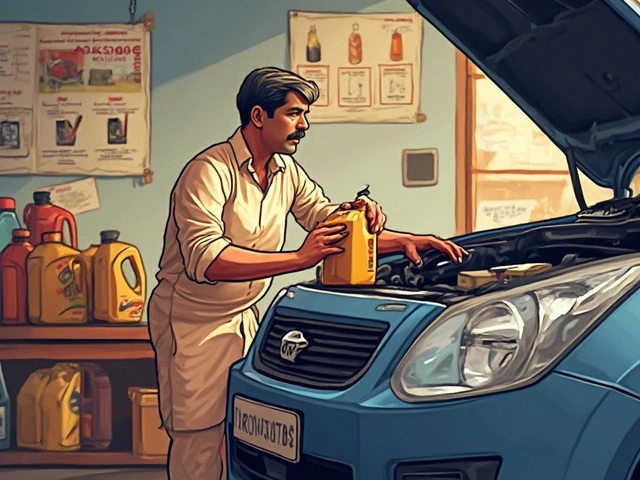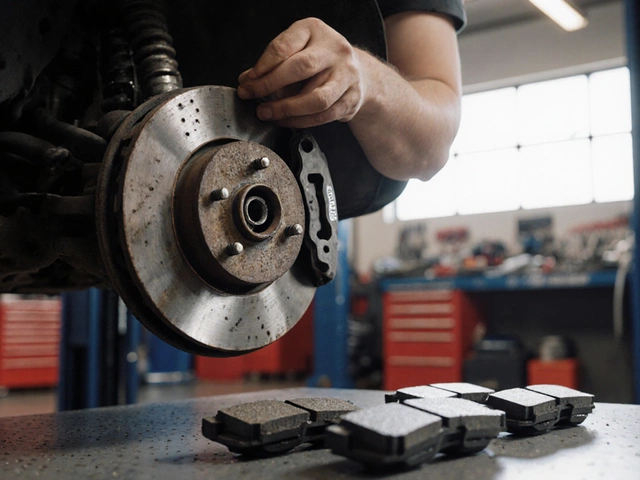
Clutch Kits: What They Are, How They Wear, and When to Replace Them
When you press the clutch pedal, you're relying on a clutch kit, a set of components that connects and disconnects the engine from the transmission to allow smooth gear changes. Also known as a clutch assembly, it's one of the most stressed parts in a manual car—and one of the most overlooked until it fails. Most people don’t think about their clutch until the car starts slipping, grinding, or refuses to move from a stop. But clutch kits aren’t magic—they wear out, and knowing how and why helps you avoid expensive surprises.
A typical clutch kit, includes the clutch disc, pressure plate, release bearing, and sometimes the pilot bearing or flywheel—all working together to transfer power. The clutch disc grips the flywheel when engaged, and releases when you press the pedal. Over time, that friction material wears down, just like brake pads. Driving habits matter more than mileage: riding the clutch, quick launches, or holding the car on a hill with the pedal halfway down all eat away at it faster. A clutch in a taxi or delivery van might die at 40,000 miles. In a gentle commuter car, it could last 120,000. It’s not about the odometer—it’s about how you use it.
There are signs you can feel before it’s too late. A clutch that feels spongy or requires you to press the pedal all the way to the floor? That’s wear. A car that revs without moving when you accelerate? That’s slipping. A grinding noise when shifting? That’s often the release bearing or input shaft damage. And if you notice the pedal has less free play than before, it might need clutch adjustment, a simple tweak to restore proper pedal travel and engagement point. Many drivers skip this, thinking it’s a sign of failure—but sometimes, it’s just a loose cable or hydraulic issue.
Replacing a clutch kit isn’t a quick job. It takes hours, often requires removing the transmission, and sometimes means replacing the flywheel too—if it’s warped or worn. That’s why people ask if they can do it themselves. Some can. But if you’re not familiar with engine alignment or torque specs, it’s easy to mess up and end up with a new clutch that fails in weeks. That’s why most guides focus on knowing when to call a pro.
And it’s not just about the kit. The clutch lifespan, depends on driving style, vehicle load, and even the quality of the replacement parts. Cheap kits might save money upfront but wear out faster. High-performance kits handle abuse better but cost more. There’s no one-size-fits-all, but knowing what’s inside and how it behaves helps you make smarter choices.
What you’ll find below are real stories from drivers who ignored the signs, tips on spotting clutch wear before it leaves you stranded, and clear breakdowns of what goes into a clutch replacement—including costs, time, and the most common mistakes. Whether you’re trying to stretch your clutch’s life or preparing for a replacement, these posts give you the facts without the fluff.
-
25 May

-
21 Apr

Can a Slipping Clutch Be Tightened? Real Fixes and Hard Truths
Wondering if you can fix a slipping clutch by tightening it? This article digs into what actually causes clutch slip, whether simple adjustments can help, and what your real options are for fixing it. You'll find tips on spotting clutch wear early, signs that it's time for a new clutch kit, and a rundown of the repair costs. Plus, get a clear answer on when DIY fixes just won't cut it.





